Today we are going to scrutinize Tarmogoyf, and characteristic-defining abilities along with it.

Oracle Text:
Creature — Lhurgoyf
Tarmogoyf’s power is equal to the number of card types among cards in all graveyards and its toughness is equal to that number plus 1.
Tarmogoyf’s mana cost is {1G}, making its mana value equal to 2.

The first appearence of Tarmogoyf is a bizarre looking piece of cardboard with the mana cost on its left instead of its right, and some curious little mark in the top left corner.
The history of the design for this card is related to the Time Spiral block, which contained “timeshifted” cards, shifted both from the past and from the future into the present of that time.
Tarmogoyf is related to the “Futureshifted” cards. They say they will all get a reprint some day.
Tarmogoyf did reprinted in Modern Masters. 3 times :)
If the design of this card appears confusing to you, let me spare a few words on this subject. The curious little mark only means that this is a creature card, and it doesn’t influence the game in any way, being a designer’s little geeky feature.
Next is more interesting. Power and Toughness of this beastie isn’t defined by numbers, but rather by *. That means you need an ability to define them. Usually it’s a characteristic-defining ability that sets its power and/or toughness according to some formula.
If we cannot define the value of *, for example because Tarmogoyf has lost its ability and hasn’t reseaved the specific numbers (Merfolk Trickster), we take zero as instructed by the rules and Tarmogoyf is 0/1.
Normally the values of P/T are stated in Tarmo’s sole ability: “Tarmogoyf’s power is equal to the number of card types among cards in all graveyards and its toughness is equal to that number plus 1”.
It’s quite simple as a matter of fact:
- We count types of cards in all graveyards, not only in ours.
- If a card in a graveyard has multiple types, we count them all.
- Multiple instances of the same type do not increase the number in question.
Dryad Arbor is a creature and a land. These are both card types. Adding another creature or another land doesn’t change Tarmo’s stats.
Duplicant is both a creature and an artifact. If it joins the Dryad in the graveyard, the number of types will be three: artifact, creature and land.
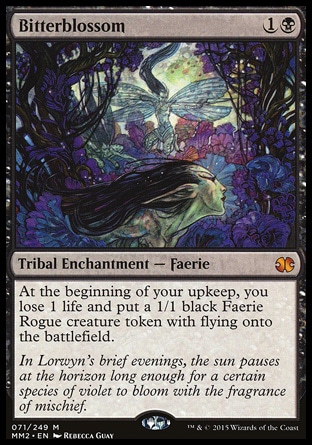
Bitterblossom represents the rare Kindred type. But it is an enchantment at that. These three cards have five different card types in total.
Considering all possible card types in magic at the moment (the normal card types are artifact, battle, creature, enchantment, instant, land, planeswalker, sorcery, and kindred (ex tribal)), we get the maximum hypothetical size of Tarmo equal to 9/10. Not quite bad for a creature at 2 mana.
Tarmogoyf’s ability is static, it functions ceaselessly. As soon as the number of card types in graveyards is changed, Tarmo’s power and toughness values are changed along. No checks nor resolutions are required to make this ability happen.
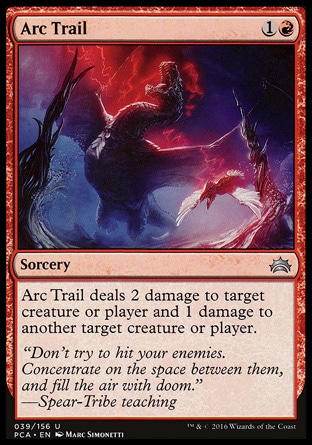
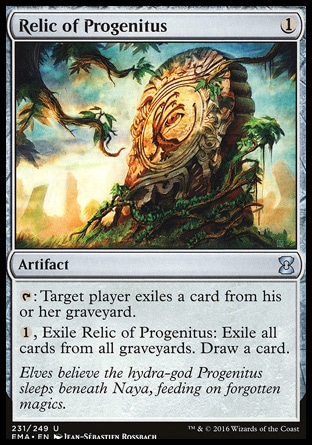
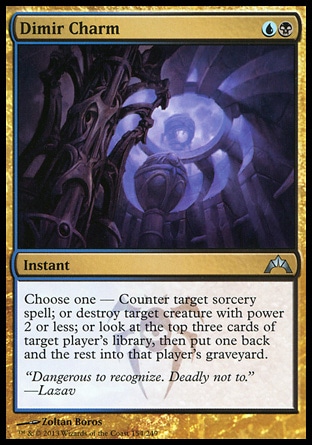
Suppose Tarmogoyf is 2/3 at the moment, and no instant cards are in graveyards. It may be killed with Krovikan Rot: as the spell resolves, Tarmogoyf’s power is 2 and it is a legal target. We resolve the spell in due order: first Tarmogoyf is destroyed (and placed into its owner’s graveyard), then Krovikan Rot hits the graveyard, which changes Tarmo’s stats, but too late — it is already dead and buried.
Tarmogoyf’s static ability is a Characteristic-Defining Ability (CDA). There are a whole lot of five criteria to determine this type of abilities. A static ability must match all five criteria to be considered CDA:
- It defines color, subtype, power and/or toughness;
- It is printed on the card it affects, or is granted to the token it affects by the effect that has created that token, or has been acquired by the object it affects through a copying or text-changing effect;
- It does not directly affect any other object’s characteristics;
- The object doesn’t grant it to itself;
- It contains no conditions for determining the characteristics from criterion 1.
Let us check Tarmogoyf’s ability for these criteria, shall we?
- Defines power and toughness. (true)
- Printed on Tarmo. (check)
- Only defines Tarmo’s characteristic and doesn’t affect other objects. (indeed)
- Tarmo has this ability from start. (correct)
- It contains no conditions. (aye)
Bingo! It’s a CDA.
Let’s take a look at some other cards to sharpen up the freshly-gained knowledge:
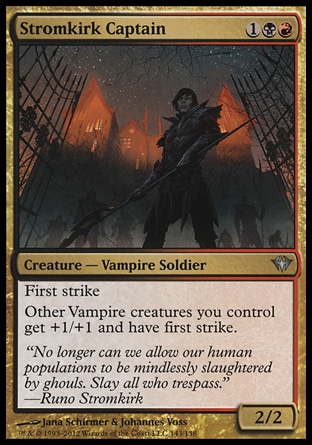
Stromkirk Captain comes a cropper on step three, since its ability affects other objects.
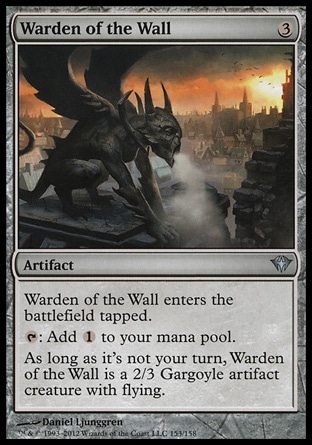
Warden of the Wall is trying to give itself a type along with a subtype, and does it with a condition at that.
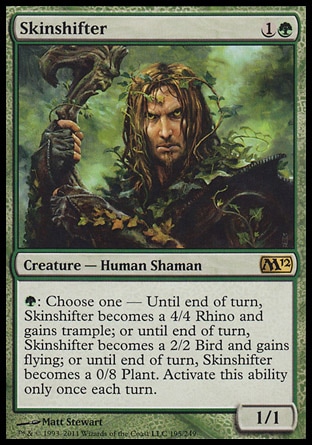
Skinshifter’s ability is an activated one, not static, it drops out even before we get to criteria checks.
Characteristic-defining abilities work in all game zones. And, surprise, even outside the game! (Just imagine that, you play in the kitchen with your neighbor, and your Tarmo is growing in size in your binder).

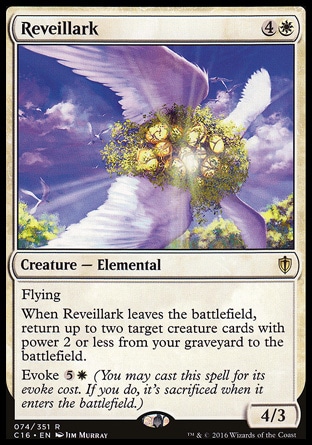
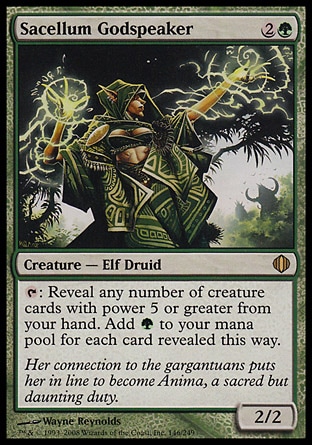
Whether or not you manage to find, return, reveal Tarmogoyf as these abilities resolve depends only on the card types of cards in all graveyards. Tarmogoyf is equally sized on the battlefield, in the graveyard, in the hand, library, exile, etc.
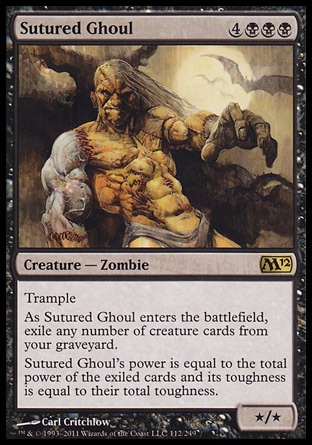
One of Legacy decks uses the fact that Tarmo’s size is same everywhere to its great profit: A Sutured Ghoul having exiled a couple of Tarmogoyfs gets so fat that the opponent’s demise comes very soon.
When multiple continuous effects interact at the same layer, first the CDA effects are applied, then other effects in timestamp order (this order of applying effects may be broken by dependences, ref. layer system for more details). CDA defining power and toughness have a special sublayer designated for them:
Turning to frog will bereave Tarmogoyf of its ability in layer 6, so its ability is not applied in 7a, and in sublayer 7b we get a 1/1 creature without abilities.
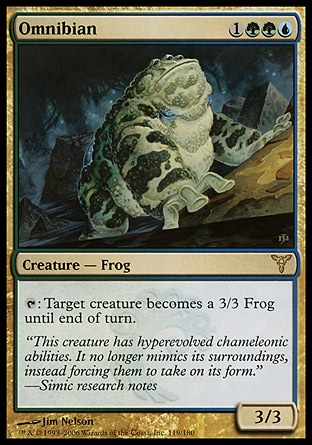
Omnibian does not remove abilities, but its effect is applied at sublayer 7b, whereas Tarmo’s effect is applied at 7a. The mean fat frog wins. Tarmogoyf will be 3/3.
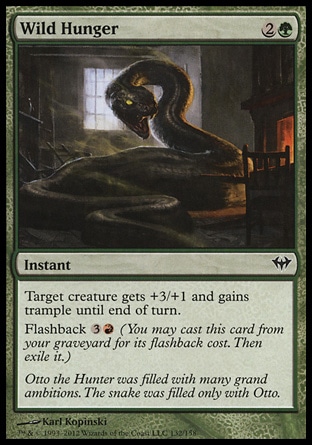
Effects modifying power and toughness, effects from counters, and finally, effects switching power and toughness are applied after the effect of Tarmogoyf’s CDA, and are applied to the values granted by it.
Now let’s try to copy Tarmogoyf (No, leave your photocopy machine alone, I mean in terms of the game):
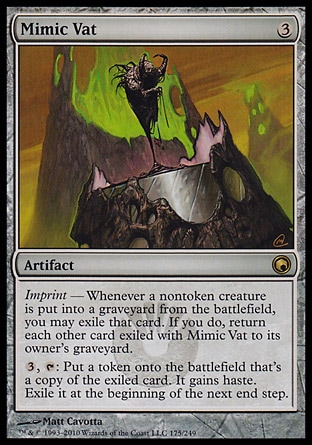
If Tarmogoyf is imprinted on Mimic Vat, the token will be its exact copy. It will grow and shrink depending on the card types in all graveyards.
If we copy Tarmogoyf with Phyrexian Metamorph, again we get a pretty normal Tarmo except that it’s going to be an artifact creature.
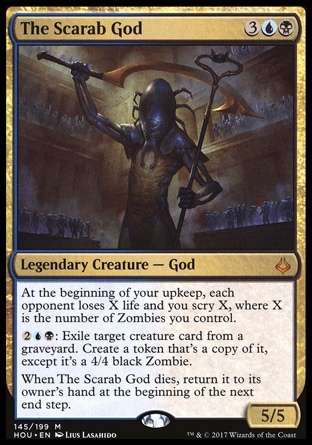
the second ability of The Scarab God does not copy CDA defining power and toughness. When token is copying Tarmo this way, we get a 4/4 Tarmo without abilities (!). Details about copying effects.
Translated by Witas Spasovski

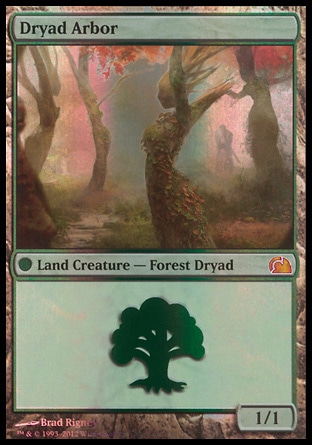
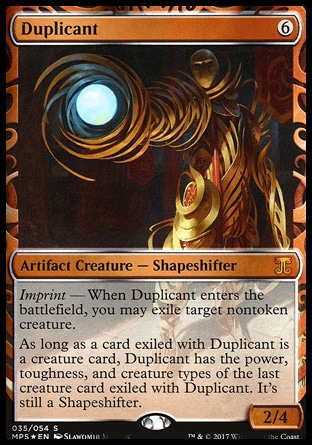
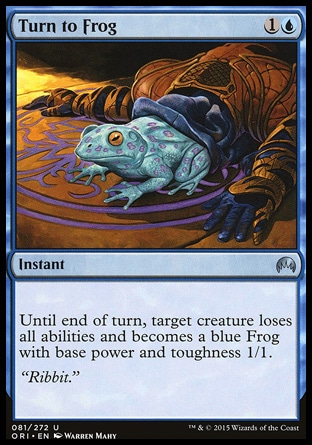

Tarmogoyf’s size at empty graveyards is 0/1. But in order to kill it with Arc Trail, you would need to assign it two damage.
What happens if you choose one? As Arc Trail resolves, one damage is dealt to Tarmogoyf, then as the final step of resolving, Arc Trail goes to the graveyard, and Tarmo grows to 1/2. After that, before a player would gain priority, the game state is checked for SBA. At this point we have a 1/2 creature with one damage marked on it. This damage isn’t lethal, so nothing happens.
If you manage to remove Arc Trail from the graveyard somehow before the cleanup step (Relic of Progenitus can help with that), Tarmo will shrink down to 0/1 immediately and hit the grave upon the nearest SBA check.